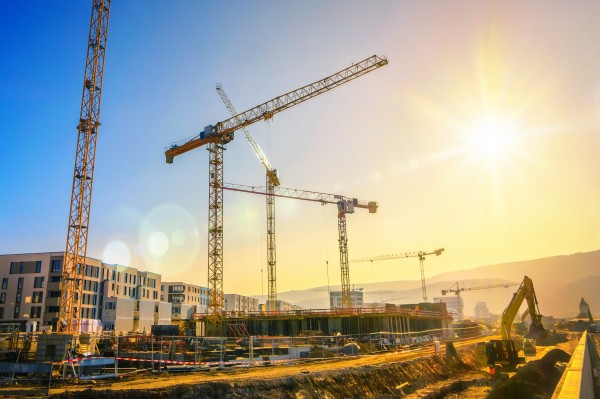
Concurrent Delay
A concurrent delay occurs when independent delays overlap, each affecting the schedule and completion date of a construction project. Depending on project scale and complexity, two or more concurrent delays can act at the same time. True concurrency means the delay events of the client and the contractor both start and finish at the same time. However, true concurrency is very unlikely to occur. Reality shows that delays need only to overlap for a given period of time to qualify as concurring delays.
The most relevant aspect of concurrent delays is that courts, boards of contract appeals, arbitration panels, and experts, are inconsistent in defining and assessing concurrent delays. That is a direct consequence of contracts failing to include terms for matters of concurrency or doing it in an ambiguous way. Concurrent delays represent unique situations in which establishing liability is not a straightforward process. Although the consequences overlap, the causes are usually traced at various dates back in time. This leads to the difficult task of establishing the presence or absence of correlation. The most common bias here is to assume that if one event came after another, it must have been influenced by it.
While normal delays generate well-known contractual consequences, supported by either the client or the contactor, concurring delays leave many ends that are open to interpretation. Owners use concurrent delays to avoid being billed for extended overhead, change orders and other claims. On the other side, contractors invoke concurrent delays to escape paying liquidated damages and to recover extra costs associated with delays. A common example occurs when the contractor is already behind schedule by its own fault and the client triggers a second delay-producing event. Concurrent delays also take place when a delay caused by one party overlaps with an abnormal neutral event (extreme weather, social or political disturbance) causing an excusable event.
Judging concurring delays is complicated and verdicts are often unpredictable. An investigation is launched to establish culpability, with the first focus on confirming that the delays are indeed independent of each other. That is usually done through an analysis that proves the impact on the critical path of one delay persists when all the other concurrent delays are neglected. Another condition for concurrency as defined in AACE International RP 29R-03 is that none of the delays are voluntary. In addition, the delayed work has to be substantial and not easily correctable to constitute a claim. One possible outcome when no dominant cause of delay is found is apportioning delay. The decision must be fair for all parts, as verdicts on concurrent delays are often judged based on legal precedent. How cases are solved today will influence future cases.
When supporting their claims, parties should provide evidence derived from records of documents and communication. Such evidence must focus on pinpointing the exact moment the event causing the delay occurred. A cause-effect relation has to be proven, most often through a critical path analysis. Parties have an advantage when they can provide proof of identifying and addressing the danger of the delay with written notices.
Contractors should invest time and resources into making sure the contract’s requirements are well-known by all their personnel having an administrative role in the project. This is crucial for notifying delays in a timely manner and in applying for time extension. Prompt notice on anything that can potentially impact project completion should become a priority as any delays can have weight in court, even if the other party is also responsible for much of the delay. A contractor invoking a concurrent delay should always back their claims against a solid construction schedule. Owners should also take a proactive stance by being careful that the contract terms are enforced from the very beginning. The danger here lies in a more relaxed and passive attitude being mistaken by the contractor as implied consent.
Invoking a concurrent delay can constitute a strong defense for both contractors and owners. However, for that to be achieved, parties need to familiarize themselves with accurate tools for schedule updates, analysis, and forecasts. Concurrency of delay will probably continue to remain one of the most complex matters regarding construction claims, a double-edged sword that introduces uncertainty and maximizes the potential for conflict.
MMA Law










































Leave a Comment